
SAS Press author Matt Windham shows you how to use the SAS procedure PROC HTTP to grab raw data from a website.

SAS Press author Matt Windham shows you how to use the SAS procedure PROC HTTP to grab raw data from a website.

SAS variables are variables in the statistics sense, not the computer programming sense. SAS has what many computer languages call “variables,” it just calls them “macro variables.” Knowing the difference between SAS variables and SAS macro variables will help you write more flexible and effective code.
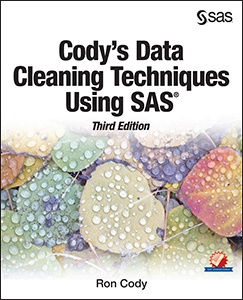
Wait! Don't close this window. I understand that regular expressions can be very complicated (yes, there are many books on the subject), but some basic expressions to test patterns such as zip codes or telephone numbers are not that difficult. In addition, you can sometimes use Google to search for

In a previous blog, Random Sampling: What's Efficient?, I discussed the efficiency of various techniques for selecting a simple random sample from a large SAS dataset. PROC SURVEYSELECT easily does the job: proc surveyselect data=large out=sample method=srs /* simple random sample */ rate=.01; /* 1% sample rate */ run; Note:

My river walk last week turned into a spectacular fall show. But if it rains this week in San Antonio, like the weatherman predicts, what will I do? In the coming days, I’ll be presenting at two user groups, one in eastern Canada in Halifax, and the other all the
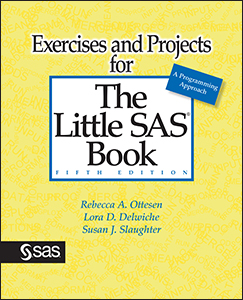
Our new book, Exercises and Projects for The Little SAS® Book Fifth Edition, includes a variety of exercises to help people learn SAS programming. Rebecca Ottesen, Lora Delwiche and I designed this book so that it can be used either in a classroom setting or by individual readers working alone.

This SAS author tip is from Robert Virgile, author of “SAS Macro Language Magic: Discovering Advanced Techniques”. It actually came about when a reader posted a comment on one of Virgile’s blogs. Thank you to that reader for their comment! Technically, %INCLUDE is not part of macro language. Yes, it
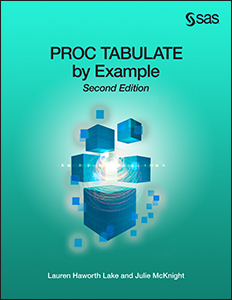
What prompted me to find a co-author and write a new edition of my original book on PROC TABULATE? It’s those inventive developers at SAS. They keep adding new features to make the product even better. There are too many new features and techniques in the book to name, but these are

This SAS tip is from Robert Virgile and his book “SAS Macro Language Magic: Discovering Advanced Techniques”. We hope you find this tip useful. You can also read an excerpt from Virgile’s book. When CALL SYMPUT creates a new macro variable, it places that variable in “the closest non-empty symbol

Many of our authors often ask us where they can find real data that they can use without copyright or other confidentiality issues. Instructors too are always on the look-out for real-life data. Well, thanks to a new initiative supported by SAS, you can now access data from more than

We have all heard the old joke about the person who sidles up to a doctor at a party and describes in great detail a medical problem a "friend" is having in order to get free medical advice. It could just as easily be a person buttonholing an accountant for

So, how did you first learn SAS programming? Originally, I was self-taught. Many years ago, I learned SAS on the job when a systems programmer quit and I took over supporting a mainframe performance software package that was written in SAS. I got a copy of the Base SAS users
Most SAS programmers have been here. Someone just wants a handful of numbers that they can add to a graph or power point presentation that is due tomorrow. You have the data files, you have a job to summarize it, and you have a dilemma. How do I get my
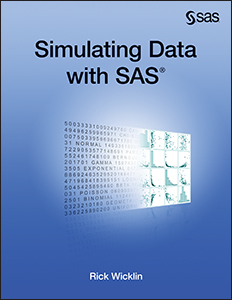
Data simulation is a fundamental technique in statistical programming and research. My book Simulating Data with SAS is an accessible how-to book that describes the most useful algorithms and the best programming techniques for efficient data simulation in SAS. Here are five lessons you can learn by reading it: Learn strategies
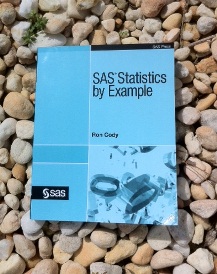
This week's SAS tip is from superstar author Ron Cody and his very popular book SAS Statistics by Example. Ron has been using SAS (and writing about SAS) for a long time. And he communicates his vast expertise in a friendly, easy-to-understand manner. If you've used any of Ron's books, I'm sure you'll agree. The following
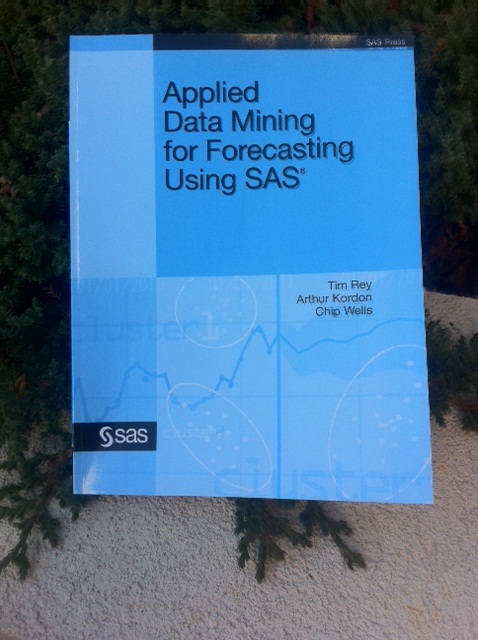
This week's SAS tip is from Applied Data Mining for Forecasting Using SAS by Tim Rey, Arthur Kordon, and Chip Wells. Whether you're a forecasting practitioner, engineer, statistician, or economist, you'll appreciate the many real-world examples in the book. And hopefully this free excerpt. The following excerpt is from SAS Press
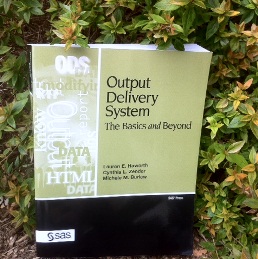
This week's SAS tip is from Lauren Haworth, Cynthia L. Zender, and Michele Burlew's book Output Delivery System: The Basics and Beyond. This example-driven book includes broad coverage of some of the best features of ODS. To learn more about the book and the authors, visit our Web catalog to read
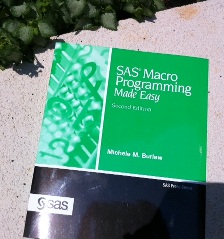
This week's SAS tip is from Michele Burlew and her book SAS Macro Programming Made Easy, Second Edition. Michele is the author of several extremely helpful SAS books. Visit her author page to learn more about her work and for additional free content. The following excerpt is from SAS Press
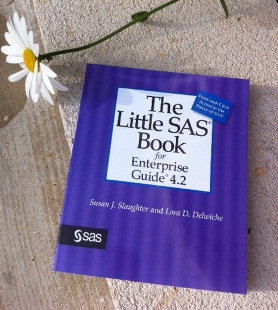
This week's SAS tip is from Susan Slaughter and Lora Delwiche's bestselling The Little SAS Book for Enterprise Guide 4.2. Susan and Lora are revered in the user community. And their work continues to help SAS users throughout the world. I hope you'll also find value in this week's excerpt. The following excerpt is from
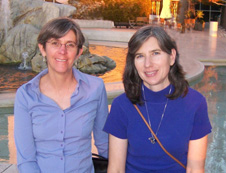
SAS users world-wide have turned to Susan Slaughter, Lora Delwiche, and The Little SAS Book to learn SAS programming. This week's SAS tip is from their bestselling fourth edition of the book (the fifth edition is now available for preorder). Whichever version of The Little SAS Book you use, you'll benefit from the friendly
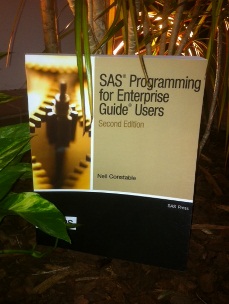
Neil Constable is a Principal Education Consultant at SAS in the United Kingdom, where he applies his extensive knowledge of Base SAS, SAS Enterprise Guide, and the SAS business intelligence tools. He's also the author of SAS Programming for Enterprise Guide Users, Second Edition--and this week's featured tip. You can get to know Neil
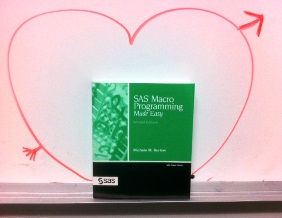
As SAS user Marje Fecht said "We all want a 'SAS programming assistant' to help us complete our jobs more quickly." Fecht, Senior Partner at Prowerk Consulting, then went on to say "In her book SAS Macro Programming Made Easy, Second Edition, Michele Burlew encourages us to take advantage of the SAS
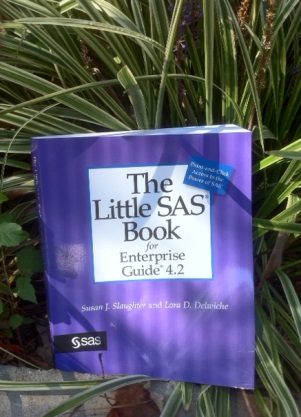
Super authors Susan Slaughter and Lora Delwiche and their bestselling Little SAS Book series have empowered the user community for years. This dynamic duo has uncannily anticipated what SAS users need to know. And they've produced thoughtful and accessible books with remarkable speed. One of their most recent books The Little SAS Book for Enterprise Guide 4.2 provides
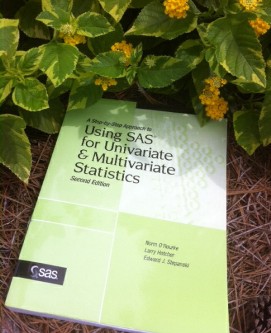
This week's SAS author's tip comes from a large green book that many of you are familiar with: A Step-by-Step Approach to Using SAS for Univariate & Multivariate Statistics, Second Edition by Norm O'Rourke, Larry Hatcher, and Edward J. Stepanski. Despite its massive size, this isn't an intimidating text. The authors ease you
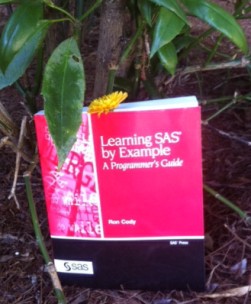
This week’s featured SAS author’s tip comes from SAS user extraordinaire Ron Cody. Honestly, because Ron has written so many SAS books, I could probably feature a year’s worth of tips from his work alone. To find something useful in any of Ron’s books, one merely needs to let the
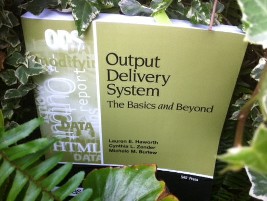
I bet that many of you reading our blog are familiar with accomplished SAS users and authors Lauren Haworth, Cynthia Zender, and Michele Burlew. Together, they form a powerful triumvirate of SAS experience. If you get a chance to pick up their book Output Delivery System: The Basics and Beyond